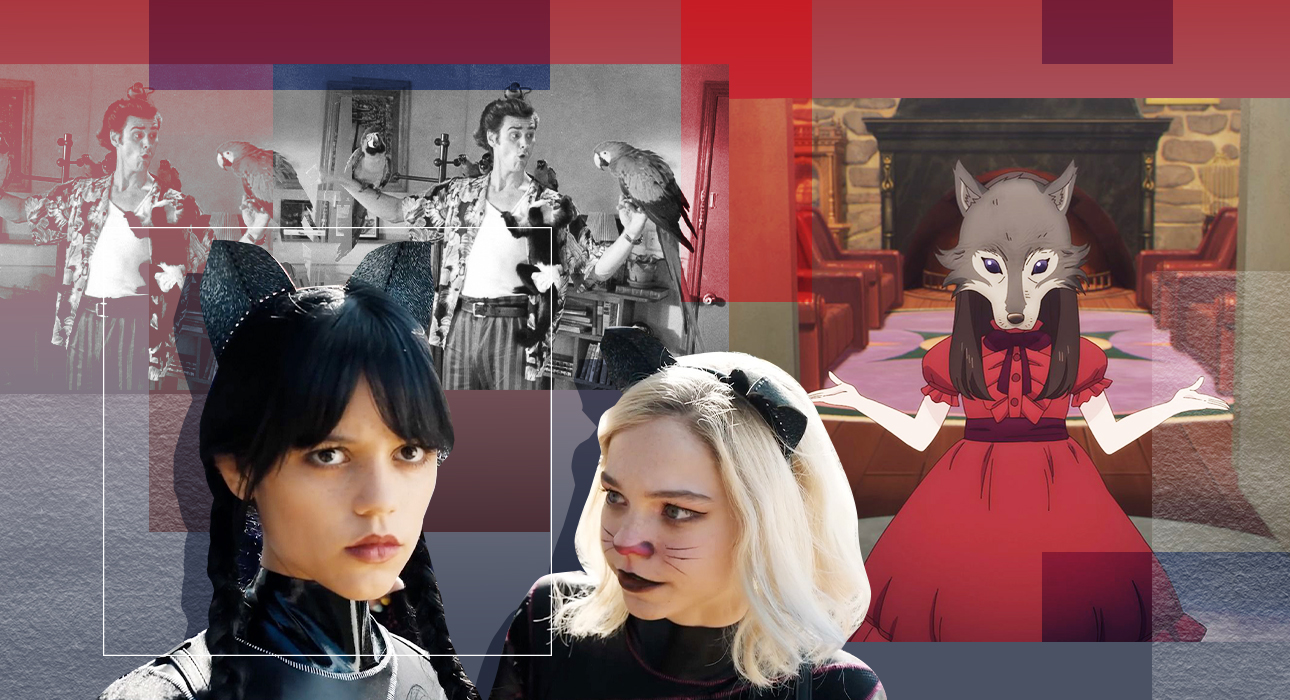I’m sure you’ve seen videos of people dressing as animals on TikTok more than once. Maybe you thought this was some kind of funny trend, but in fact there is a whole community called furries (from the English word furry – fur). The lion’s share of this subculture is the alpha generation; i.e. children under 14 years of age. They create fursonas (fur – fur, personality – personality) characters from the animal world with which they identify. Quadrobers, members of another subculture, do the same thing; Not only do they dress like animals, but they also completely mimic the way they move, eat, and communicate. Moreover, the latter even organizes competitions in running on all fours.
Today, society’s views on furries and quadrobers are divided. Many parents and teachers raise the alarm, thinking that this behavior is abnormal. Even many closers admit that they do not understand the hobbies of the alpha generation. The news occasionally shows videos of furries behaving strangely and aggressively: barking and attacking random passers-by, eating animal food, etc.
What are these communities really like? Do they really pose a threat to people and adherents of the subculture? Is this behavior normal or a sign of a mental disorder?
Psychologist Khadizhat Shabueva answered these questions exclusively for The Fashion Vibes. He told why adults and modern children wear animal costumes, in what cases passion for subcultures poses a threat to the psyche and how such people should act in order to provide timely assistance.

Khadizhat Shabueva, psychologist
Why do children and adults dress up as animals?
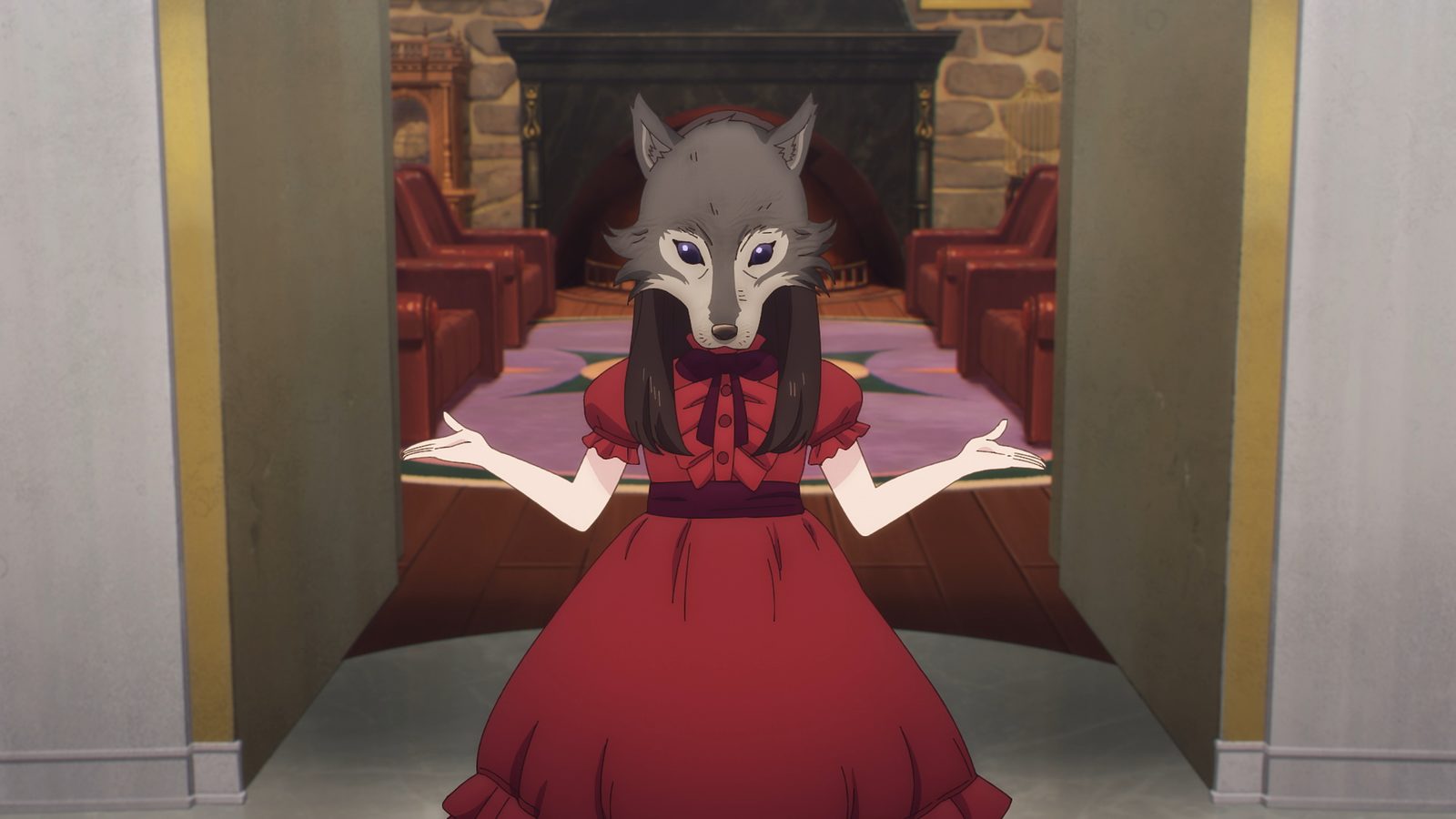
Generation Alpha is growing up in an era where social media is an integral part of life. It is more difficult for them to find their own identity due to the abundance of content. In a world of increasing social pressure and stress, children find solace in transforming into animals. This allows them to “take on the shoes of another person”, temporarily forget about their problems and immerse themselves in another world. For the same reason, cosplay is so popular (from the English cosplay – “costume play”). Not only children, but also adults dress up as characters from movies, anime and computer games to cope with anxiety and stress.
Anthropomorphic animals have long been present in culture. Think of movies and cartoons like “The Lion King,” “Zootopia,” “The Secret Life of Pets,” or “Balto.” In these stories, animals behave like people, have human personality traits, and even social roles. These images captivate children, making them fantasize and imagine themselves in the place of the heroes.
What makes the subcultures of furries and quadrupeds so appealing?
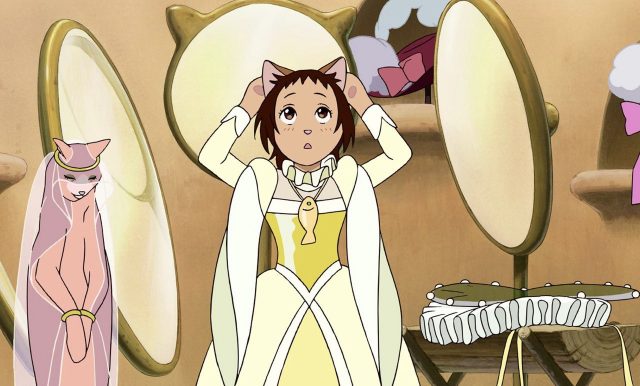
Communication with like-minded people from the furry and furry communities develops creative thinking, imagination, social and even physical skills, helps to cope with internal pressure and find a support group. It is no coincidence that artists, writers, and musicians are participants in such subcultures. Together they not only socialize, but also acquire creative skills: they write songs, draw, and sew clothes. For example, fursuits are sewn from patterns – animal costumes resembling overalls, as well as decorative elements such as masks, headbands with fox ears, dogs, bears, etc.
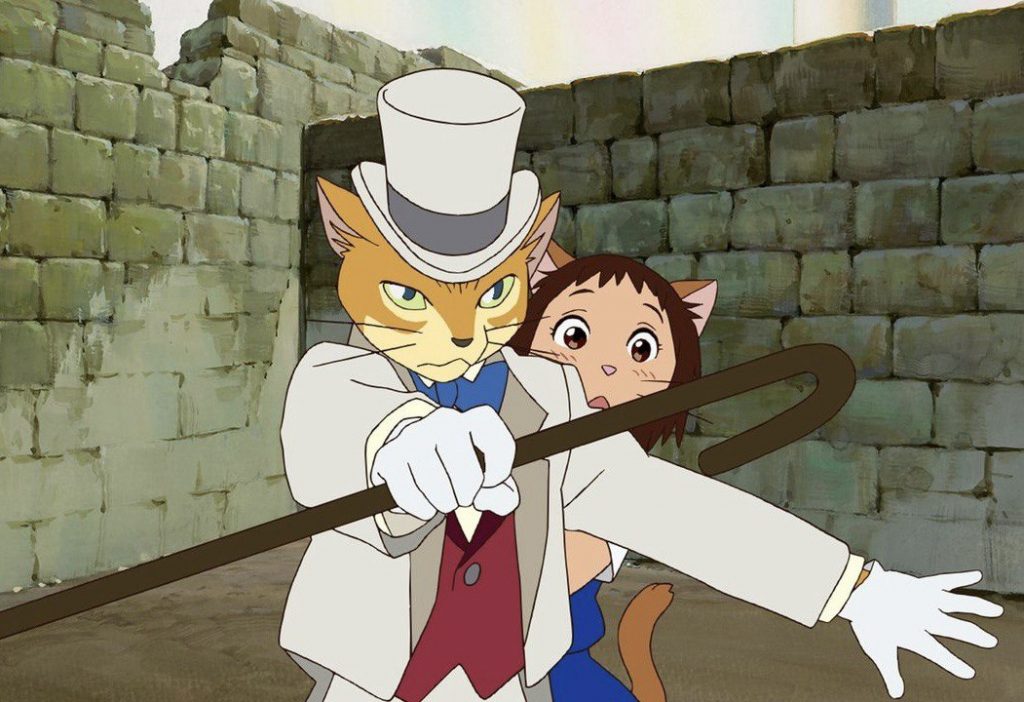

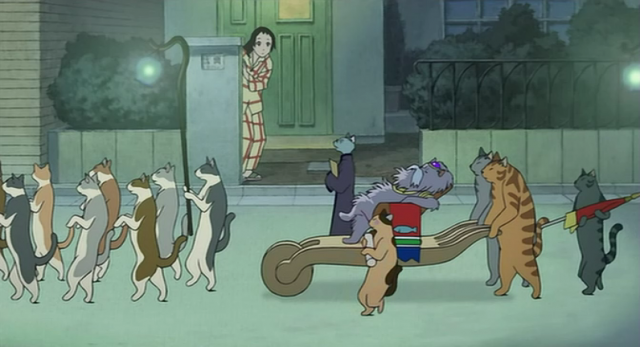
Given that zoomers and alpha generation often spend time on the internet, they are even more aware of the lack of real communication and closeness to nature. Therefore, going to events and meetings together helps to better understand the real world. In general, being compared to animals is associated with the increasing influence of the environmental agenda in the world. Zoomers and alpha generation are more conscious of protecting the natural balance and animal species. For example, Quadrobers learn about animals not only from personal observations and documentary programs, but also by imitating them. Sometimes they get carried away and act crazy or how they think animals should behave. Another thing is that not everyone around them is ready to join their games.
When should you worry?
True, constantly being in the role of an animal can lead to blurring of the boundaries between reality and fantasy, especially in children with fragile psyches. For example, quadrupeds that imitate the behavior of four-legged animals may begin to have difficulty with social interactions, especially if they begin to behave like animals in daily life. On the one hand, it is good for children to try to be closer to nature and get physical exercise, albeit in a certain form. On the other hand, eating animal food or trying to imitate flight, digging in the ground and similar tricks can threaten health and even life. Not to mention the brutality of a child or an adult attacking passers-by (for example, sticking a stick in his mouth) in order to bite or play in public places.
Online platforms can also pose dangers. On furry-themed websites and forums, participants may encounter age-inappropriate content, including pornography and violence. It is important to keep track of which groups they follow to protect their psyche from negative influences. In addition, fursona avatars often hide dangerous people who are ready to take advantage of children’s trust and naivety. Psychopaths know how to gain a child’s trust, so parents should explain the rules of Internet safety in advance, including not sending photos of themselves (especially nude photos) to strangers and not succumbing to provocations that look like dubious challenges. death groups.
How to react to furries and quadrobers?

The passion for the furry subculture and quad biking is not yet a reason to panic. Yes, the followers look strange from the outside, but not all of them pose a threat. Let’s say your girlfriend, boyfriend, brother or sister suddenly started dressing like furry animals. How to behave with them? So when should you worry?
one.
First of all, try to look at the world through his eyes. Do not judge hastily, try to show interest in an unusual hobby. Ask why he did this, what characters he likes. To begin with, it is important that you establish a trusting relationship, so create as friendly and safe an atmosphere as possible.
2.
Find out how safe your loved one’s community is. Warn that dangerous criminals and mentally ill people may be hiding under the guise of fursona. Ask to see what your boyfriend or girlfriend is watching. Make sure your furry friend doesn’t share personal information with strangers. Check regularly which websites your brother or sister visits. Explain why some material may be inappropriate and provide parental controls if necessary.
3.
Passion for the furry subculture and quad biking should not be the only activity. Try to balance this hobby with other activities: studying, sports, socializing with friends. A great example of this is using furry culture as a way to develop creative skills such as drawing, sewing, cosplay.
4.
Furry culture can be a great way to develop creativity. Invite your sister or brother to create a costume or draw their character together. This will help you develop your skills and show your personality. In addition, joint activities will make your relationship stronger and more trusting.
5.
Discuss cultural aspects. Watch movies and cartoons with anthropomorphic animals with your sibling. Discuss what qualities you like in the characters and why. This will help your teenager better understand their hobbies and see the positive aspects of them.
6.
Do not forget about professional help. If the passion for furry culture begins to negatively affect the life of a child, it is worth seeking advice from a psychologist. It is reasonable to worry if your loved one stops communicating with friends or devotes too much time to his hobby. The hobby should liberate and develop, and not draw you in even more.

Feathers and square feet aren’t just a fad, they’re part of the cultural landscape that the alpha generation thrives in. This hobby, if channeled correctly, can be a great outlet for self-expression and creativity. Show your loved one interest, support, and help them find balance, and their passion for furry culture will become just one aspect of their multifaceted personality.
Source: People Talk
Errol Villanueva is an author and lifestyle journalist who writes for The Fashion Vibes. With a passion for exploring the latest trends in fashion, food, travel, and wellness, Errol’s articles are a must-read for anyone interested in living a stylish and fulfilling life.

